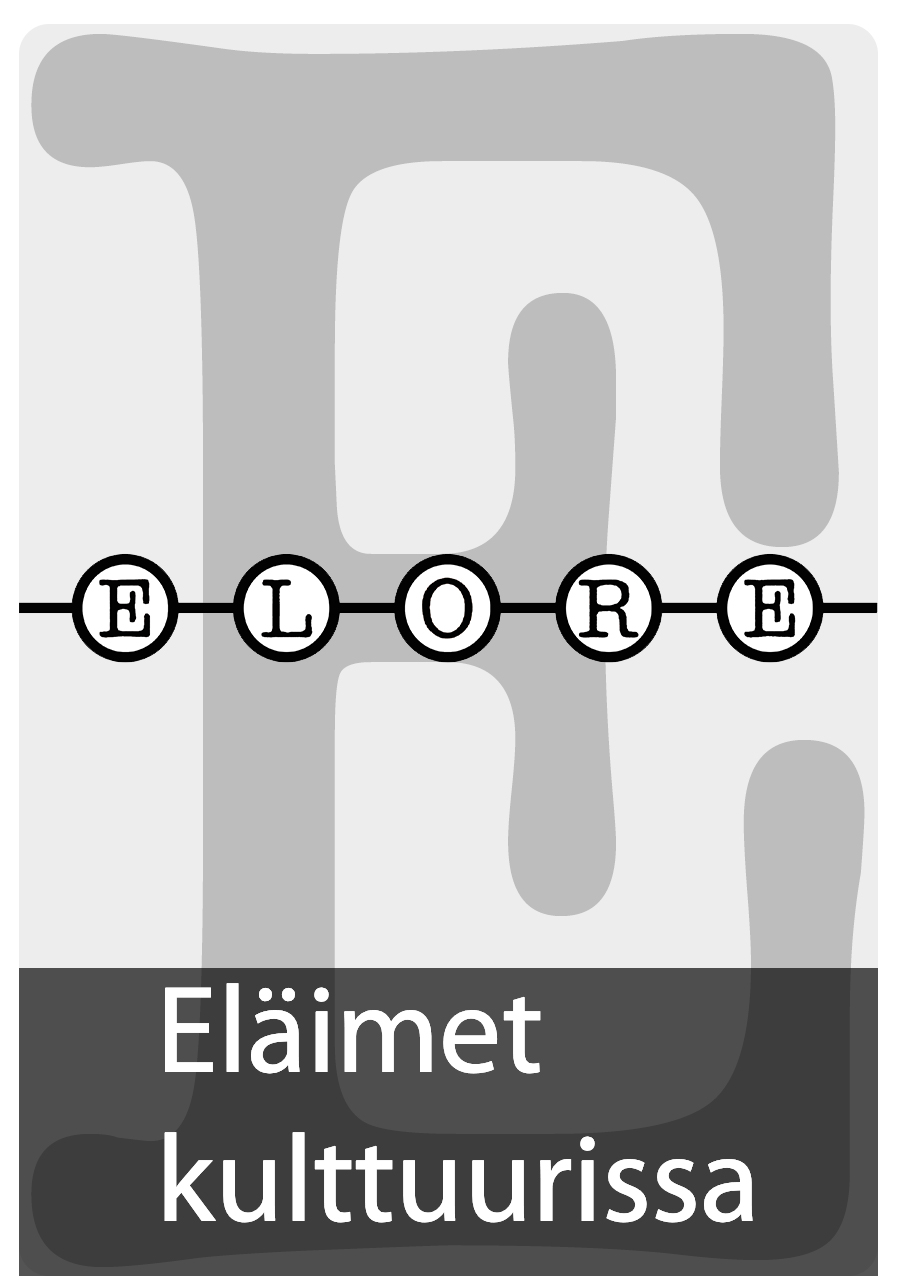"Farlig hund" som diskursiv konstruktion. Disciplinering av hundar och hundägare i Norge
DOI:
https://doi.org/10.30666/elore.79049Abstract
During the last decades, several countries have introduced legislative measures to deal with dogs that are perceived as dangerous. Norway is no exception, and today, six breeds are banned on account of being dangerous. However, the answers to the questions of what a dangerous dog is and how society can best handle dogs like these, are not selfevident. At the beginning of the 20th century, mongrels were considered dangerous dogs, running wild and causing mischief. In 1930, the police dogs – German Shepherds and Doberman Pinschers – entered the legislative field as dangerous dogs in a law proposal. In 1991, the Fighting Dog Act banned four breeds defined as “fighting dogs” – a ban that was continued and expanded through the Norwegian Dog Act of 2003 and Regulation of Dogs in 2004. This article uses Carol Bacchi’s “what’s the problem represented to be”- method for policy analysis, in combination with governmentality theory on Norwegian legislative documents, to explore the different types of dangerous dogs and the solutions prescribed. By exploring how the understandings of and measures against dangerous dogs have changed, this article argues that these changing views of danger have also influenced ways of controlling and disciplining Norwegian dogs and dog owners in general.Downloads
Published
How to Cite
Issue
Section
License
The journal follows Diamond Open Access publishing model: the journal does not charge authors and published texts are immediately available on the Journal.fi service for scientific journals. By submitting an article for publication on Elore, the author agrees, as of September 2024, that the work will be published under a CC BY 4.0 licence. Under the licence, others may copy, transmit, distribute and display the copyrighted work and any modified versions of the work based on it only if they attribute the licence, the original publication (link or reference) and the author as the original author. Any modifications made must be acknowledged.
Copyright of the texts remains with the authors, and self-archiving (Green OA) of the published version is allowed. This also applies to texts published before September 2024. The Green OA publication must include Elore's publication details.
The metadata for published articles is licensed under Creative Commons CC0 1.0 Universal.





